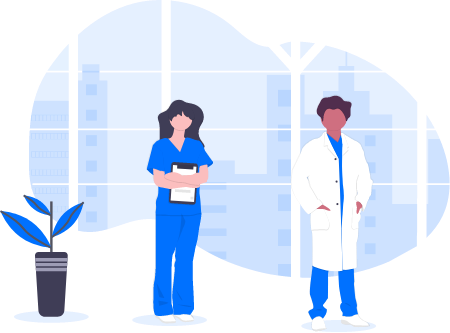Here’s what you need to know:
Headaches are one of the most common medical complaints. It affects most people regardless of age, gender, and race. Headaches can occur in any part of the head, on both sides of the head, or just in one particular location. They can radiate across the head from a central point or from the neck area. They can be sharp, throbbing or dull, appear gradually or suddenly. They can last from less than an hour up to several days.
Headaches can be more complicated that most people realize. There are different types , each has its own symptoms, causes, and treatments. Once you find out what’s causing it, you will then be advised on the treatment that will eradicate and prevent your headaches.
Why does your head hurt?
There are so many causes. To make it less complicated, you have to identify whether you have a primary or a secondary headache.
Primary headaches are stand-alone illnesses. This means they are not caused by another condition. Primary headaches are directly caused by over-activity of, or problems with, structures in the head that are sensitive to pain. This includes nerves on the head and neck, blood vessels, and muscles. Migraines, cluster headaches and tension headaches are categorized as primary headaches.
On the other hand, secondary headaches are symptoms of an underlying condition that stimulates pain-sensitive nerves on the head. There is a range of factors causing secondary headaches: from a simple alcohol hangover, “brain-freeze” when you eat cold treats, dehydration, eye ailments, concussion, flu, and overuse of pain medication; to serious conditions such as stroke, bleeding in or around the brain, poisoning, blood clots, and brain tumors.
It is important that you seek medical advice if they become more severe, regular, and persistent.
A headache can also be a sign of stress or emotional distress, or it can result from a medical disorder, such as high blood pressure, anxiety, or depression, and hormonal imbalance. Your environment, including second-hand tobacco smoke, strong smell from household chemicals or perfumes, allergens, and certain food, pollution, noise, lighting, and weather changes can trigger headaches as well.
Is it a headache or a migraine?
When there is pain in the head, it can be difficult to tell whether it is a typical headache or a migraine. It is important to recognize a migraine from a common headache so you can have appropriate treatment and prevent it from recurring.
Typical headaches range from mild to severe pain, and can be very annoying. The following are classified as typical:
- Tension headache – caused by stress, anxiety, skipping meals, lack of sleep or rest, and poor posture.
- Cluster headache – intense and extremely painful. It feels like a burning or piercing pain behind the eyes, either throbbing or constant. It’s the least common and the most severe.
- Sinus headache – when sinuses are inflamed. It’s a deep and constant pain in your cheekbones, forehead, and bridge of your nose.
- Mixed headache syndrome – a combination of migraine and tension headache.
- Thunderclap headache – often secondary to life-threatening conditions, such as intra-cerebral hemorrhage, cerebral venous thrombosis, aneurysms, reversible cerebral vasoconstriction syndrome (RVS), meningitis, and pituitary apoplexy. Therefore, people who experience these sudden, severe headaches should seek emergency medical evaluation immediately.
Migraines are oftentimes described as pounding and throbbing pain. They can last from hours to 3 days and usually happen one to four times per month. Along with the pain, people have other symptoms, such as sensitivity to light, noise, or smells; nausea or vomiting; loss of appetite; and upset stomach or belly pain.
Migraines usually affect only one side of the head. However, it is possible to have a migraine headache that affects both sides of the head.
Migraines are typically divided into two categories: migraine with aura and migraine without aura. An “aura” refers to sensations a person experiences before he or she gets a migraine. The sensations typically occur anywhere from 10 to 30 minutes before the attack.
Why should you seek medical help?
Headaches can range from being a mild inconvenience to severe and debilitating. Chronic headaches and migraines can affect your lifestyle and your ability to function well in your daily tasks. Identifying and treating them as soon as possible can help avoid any further complications and prevent them from repeating. Chiropractic care has been proven to remove the structural interference that can cause migraines and headaches. So if you suffer from chronic headaches or migraines, we hope you’ll call us at Advanced Health and Wellness Center to schedule an evaluation to see how we can help get you on the road to true wellness.
Advanced Health and Wellness Center will find the source of your headache for a permanent solution!
Why live in agony?
Get treated and enjoy life as you should!

